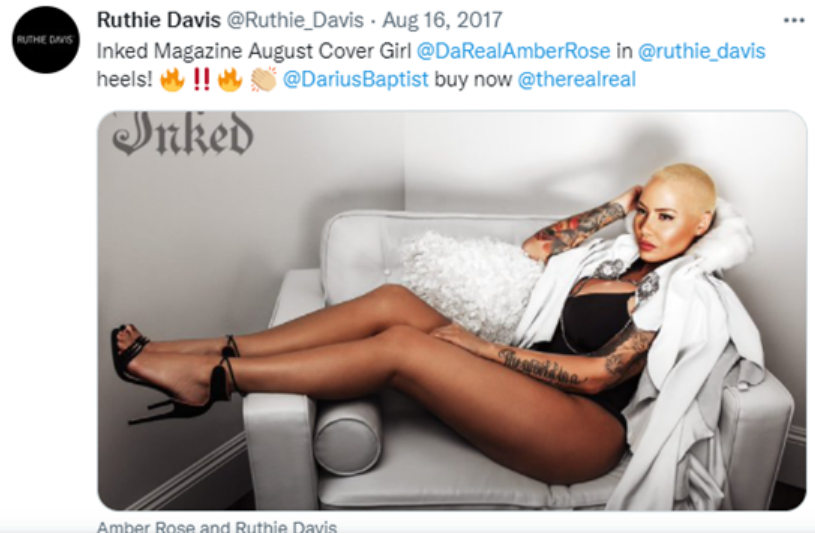by Dennis Crouch and Tim Knight
The Supreme Court is being asked to decide a case that could have a major impact on copyright law. The case involves photographs taken by Michael Grecco in 2017, but the lawsuit was not filed until 2021. The key question is whether the Copyright Act's three-year statute of limitations runs from when copyright infringement occurs or from when the copyright holder discovers it. The circuits are currently split on this issue, and the Supreme Court may finally settle the issue that has been brewing for years. (Note that the split overwhelmingly favors the discovery rule but there are differences in how it is applied).
Although we don't delve into the issues of model-rights here -- it is interesting to note that Michael Grecco was the photographer; the model is a famous model Amber Rose (not involved in the lawsuit) and the shoes are designed by famed designer Ruthie Davis, who is also the accused infringer.
To continue reading, become a Patently-O member. Already a member? Simply log in to access the full post.
